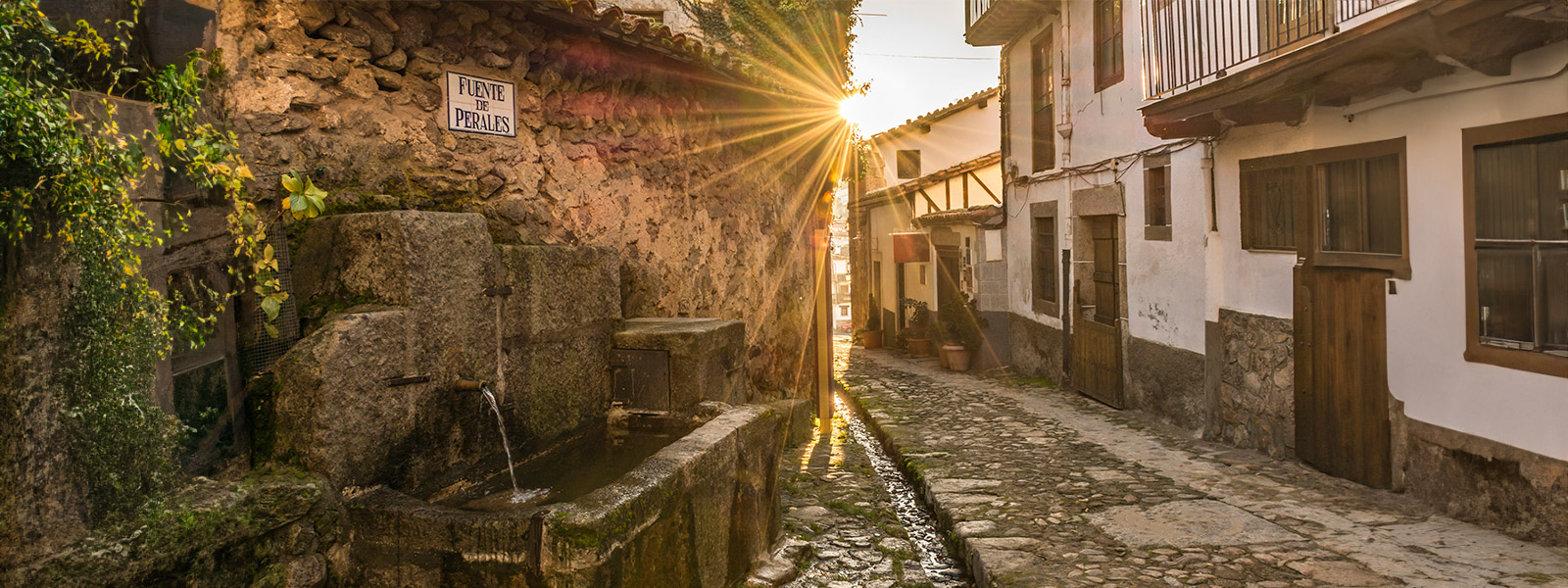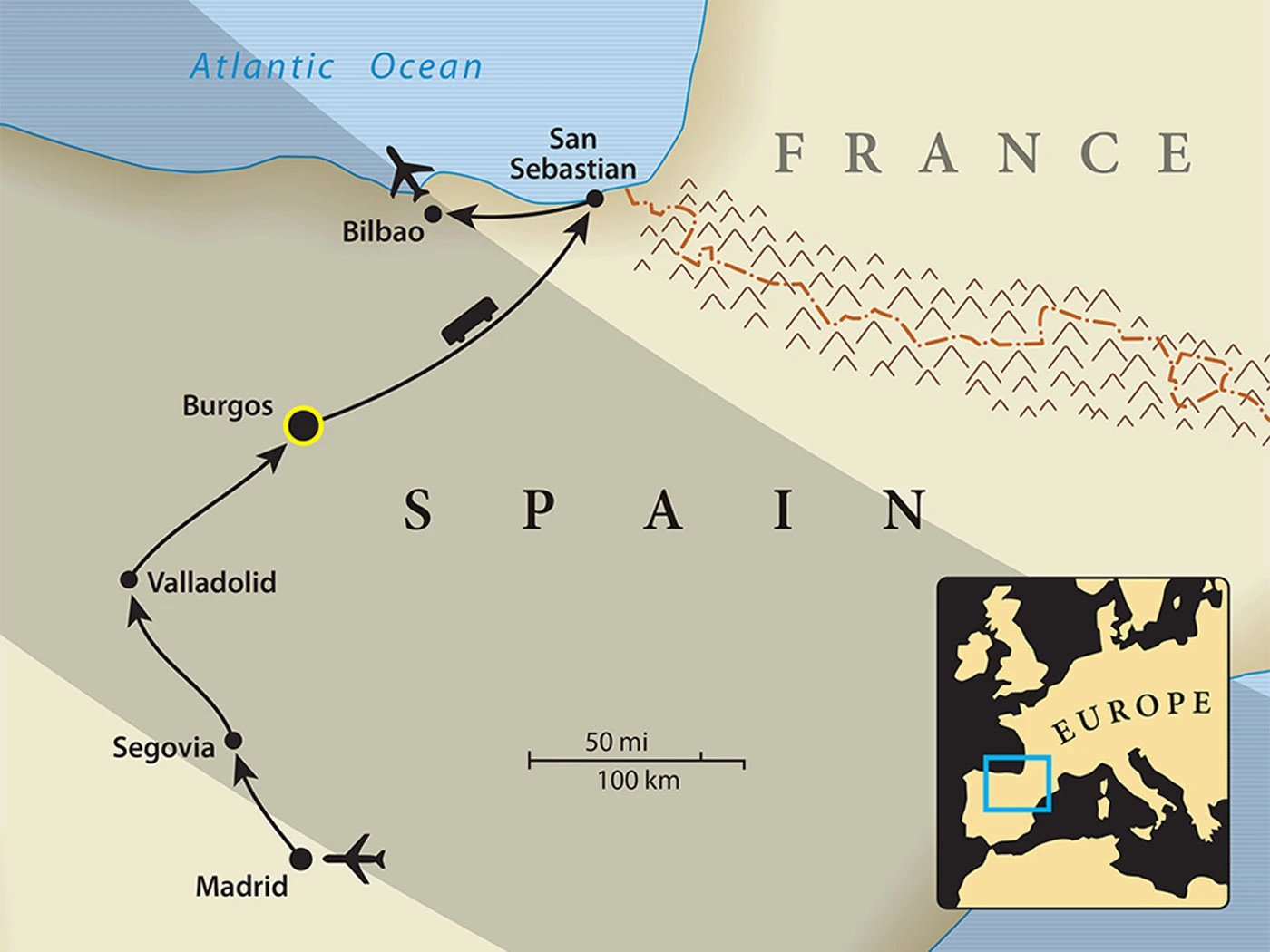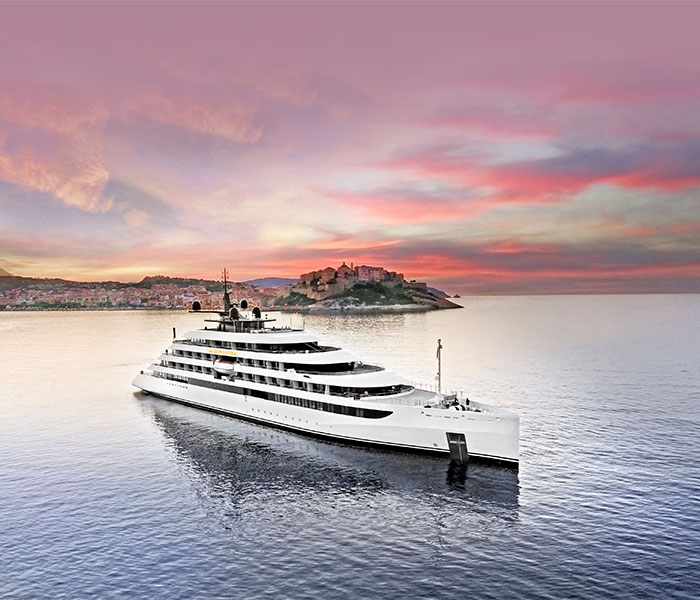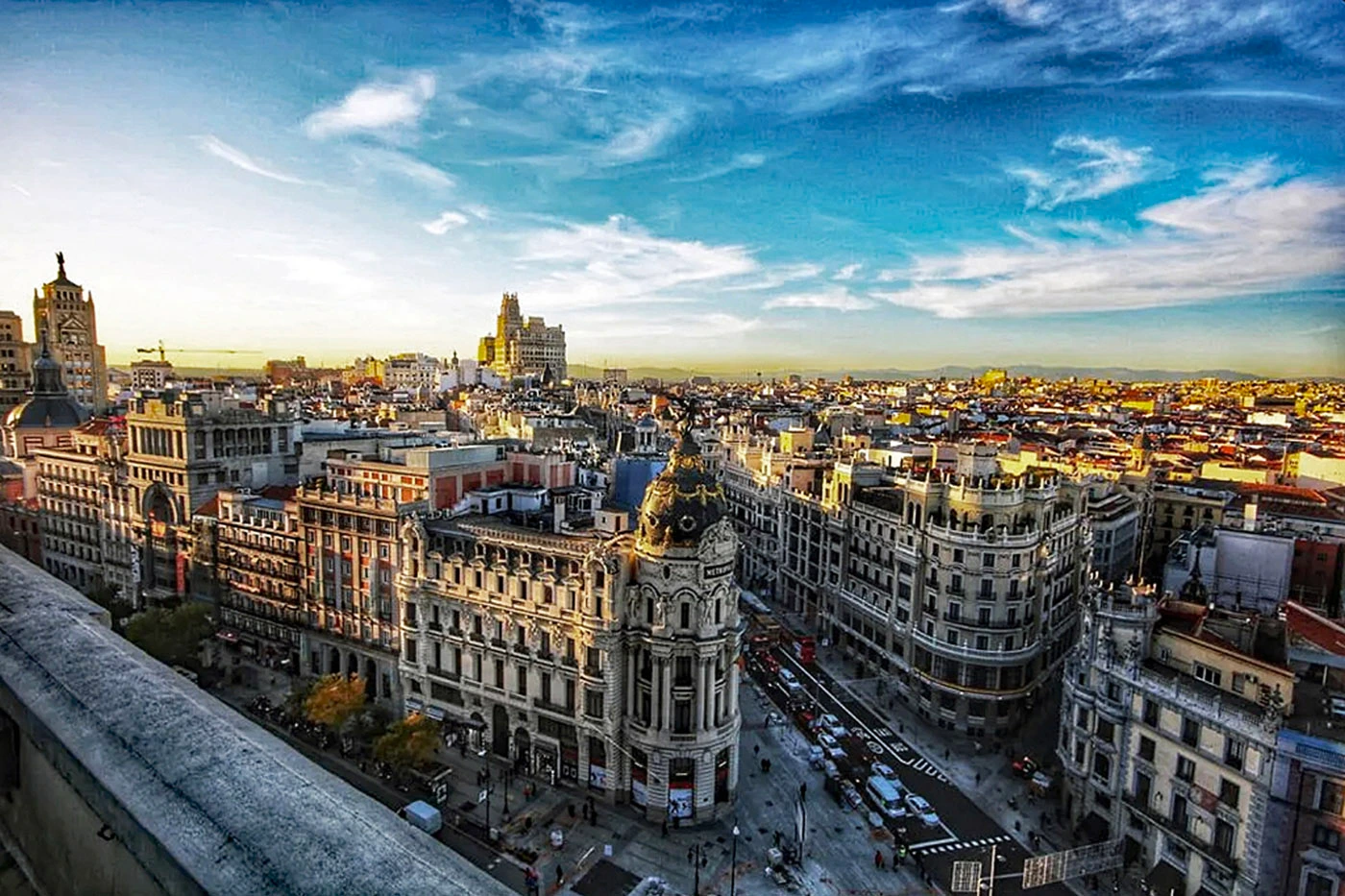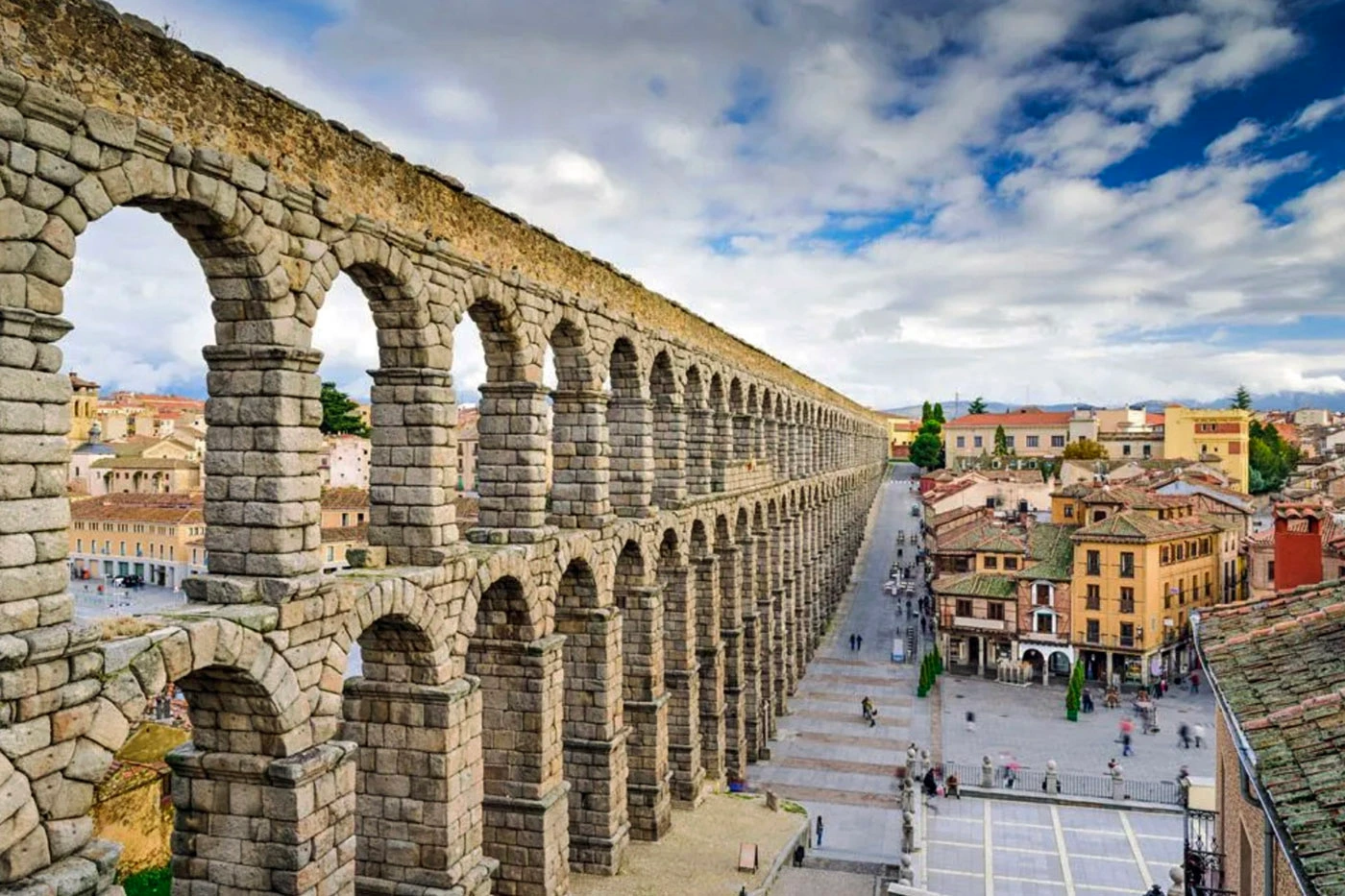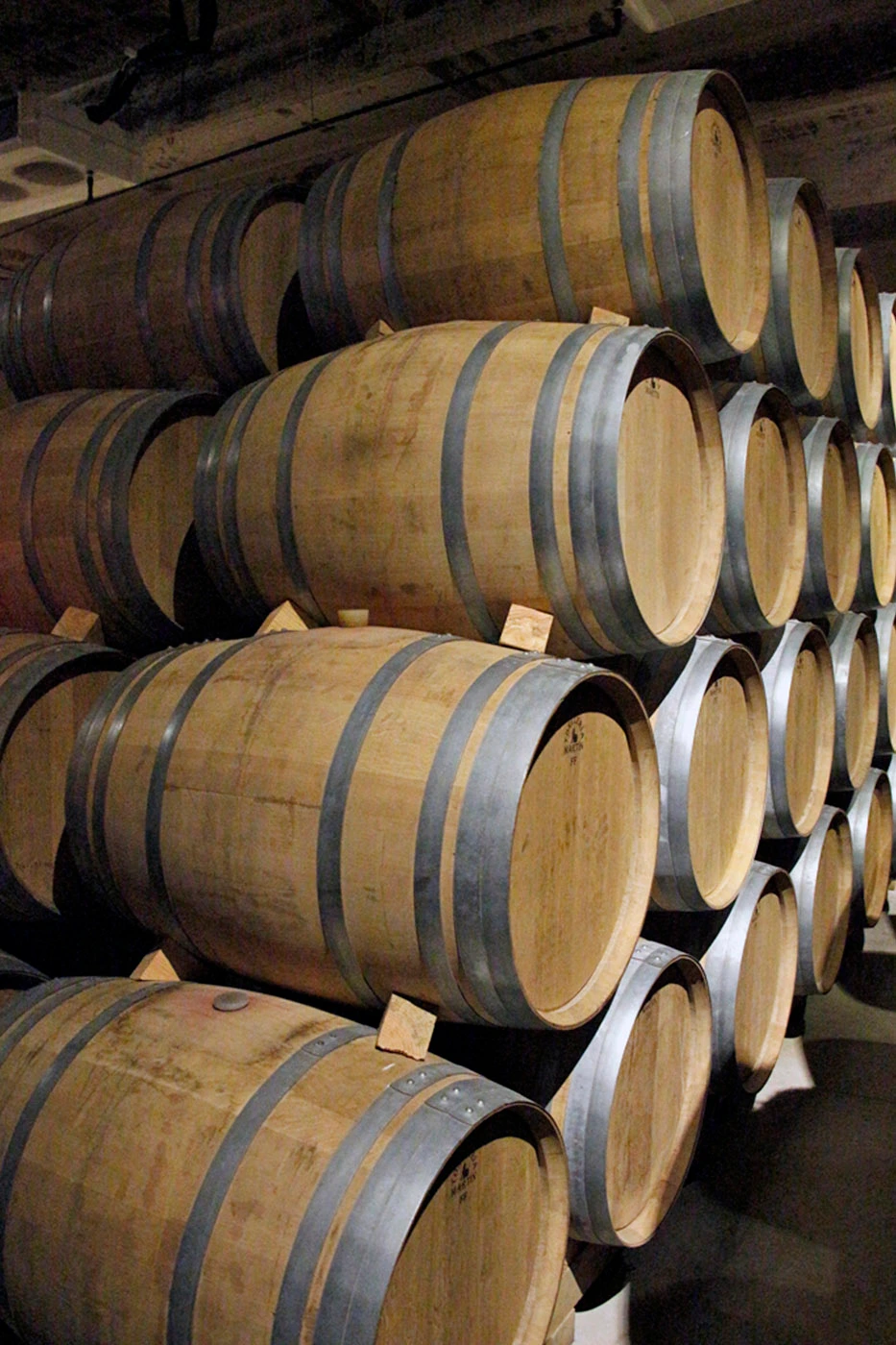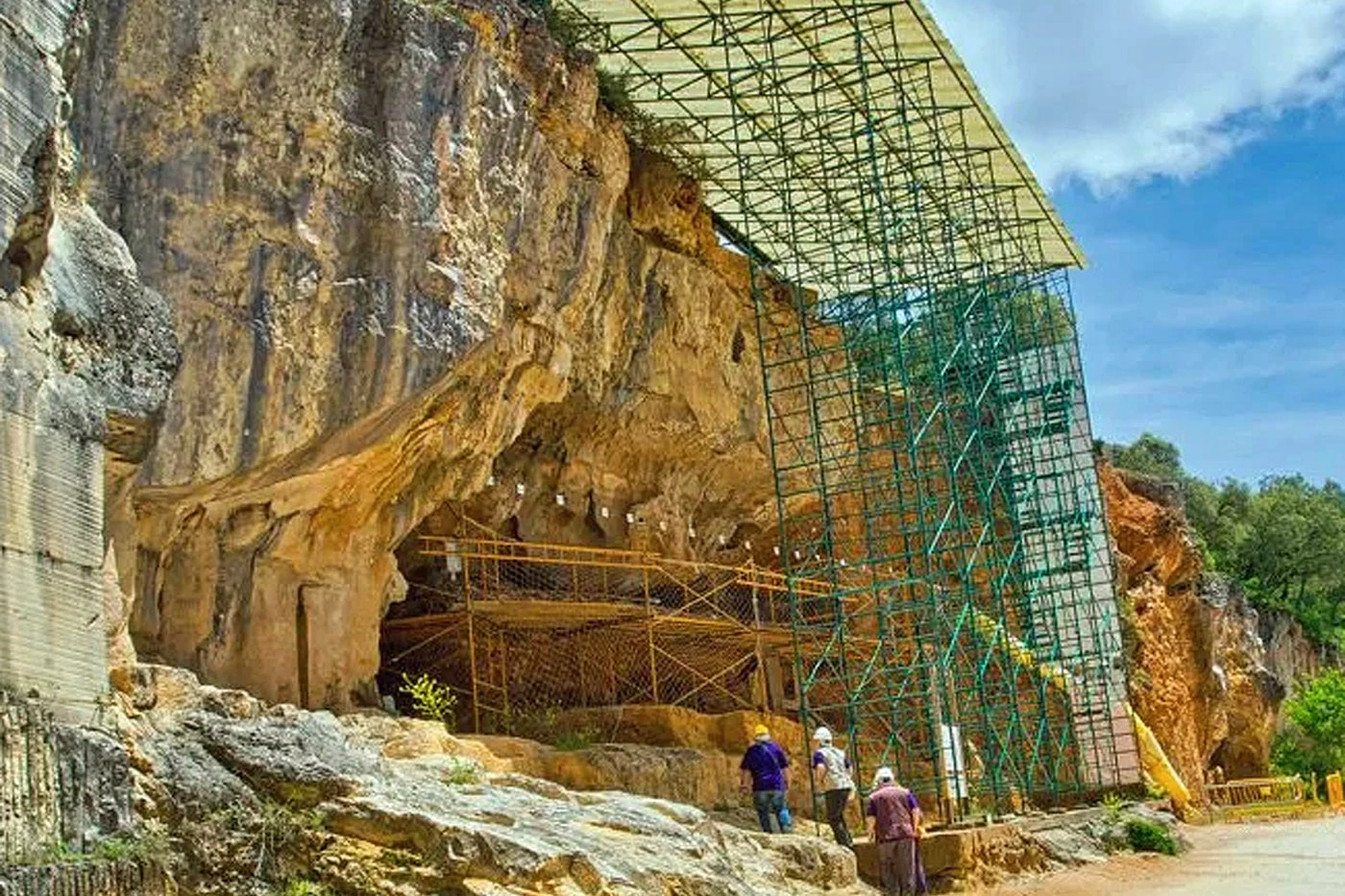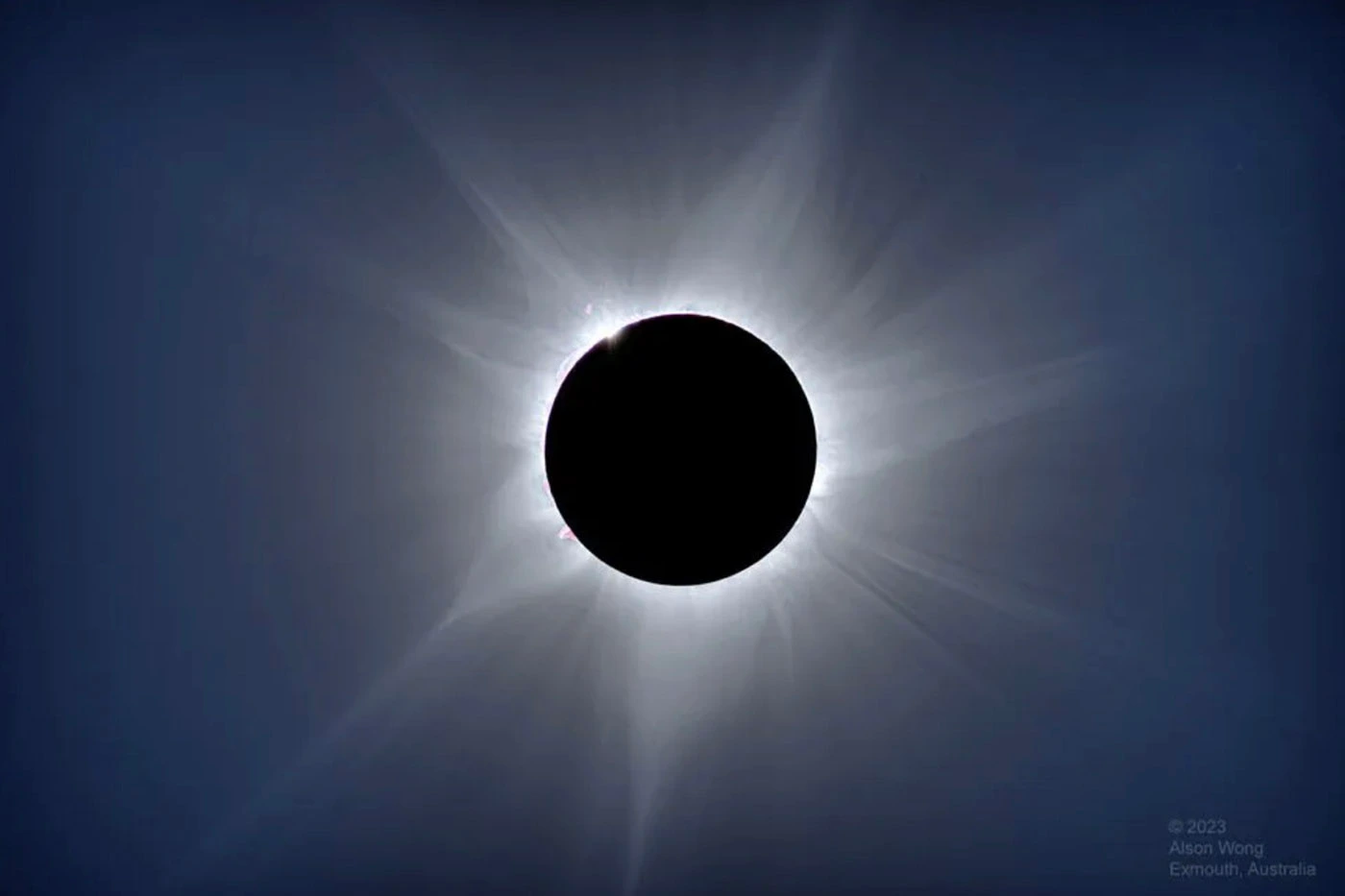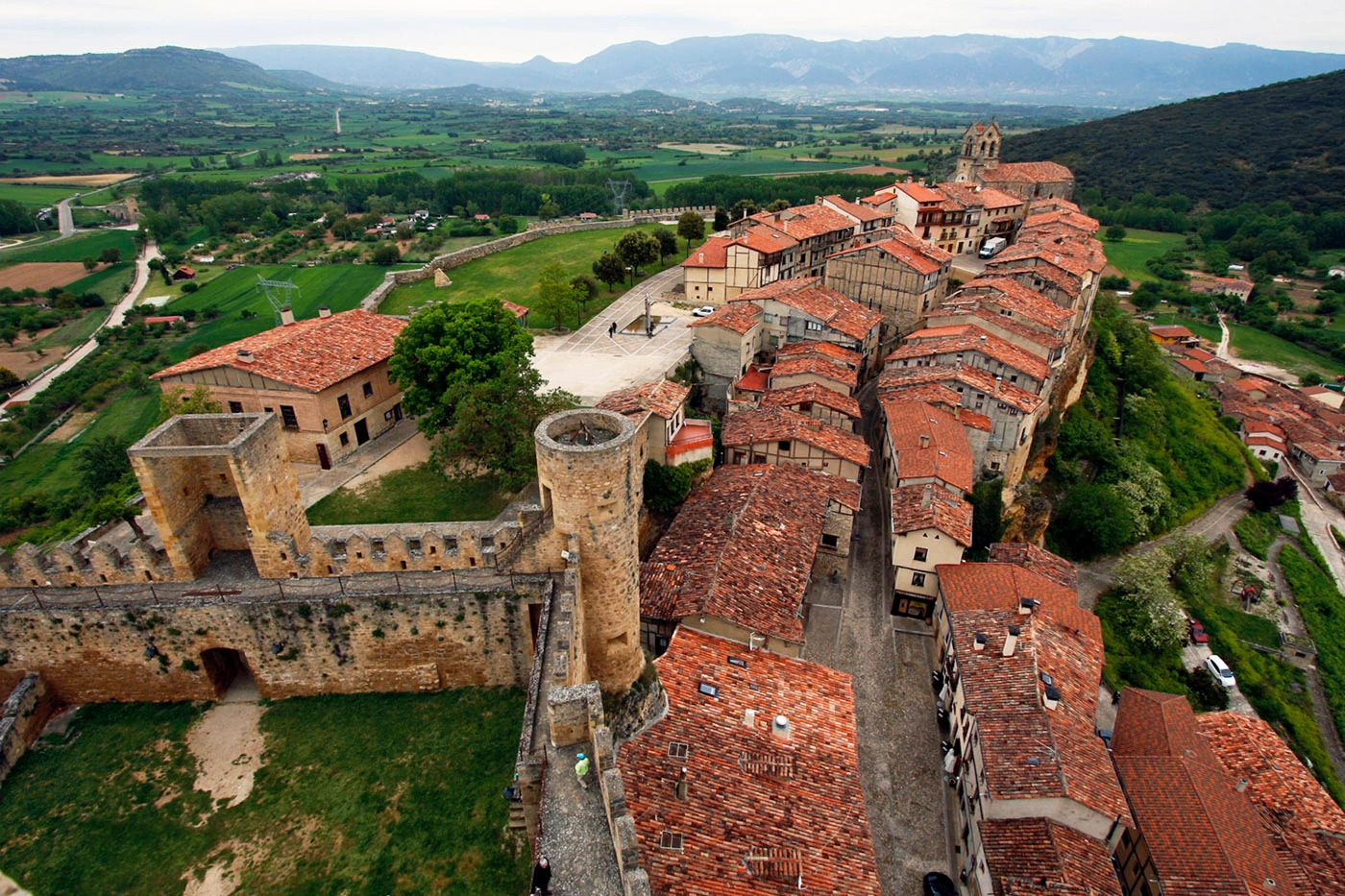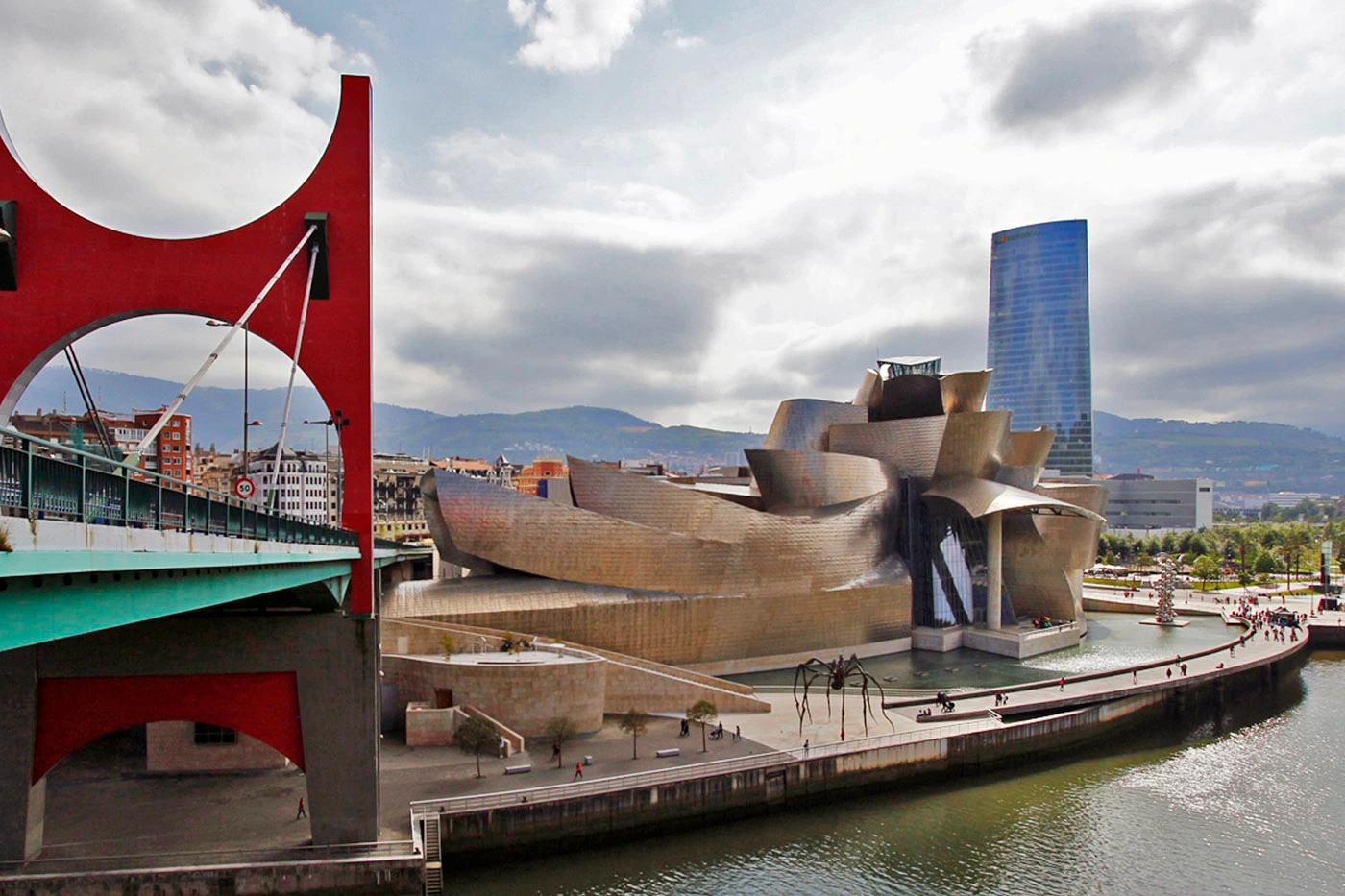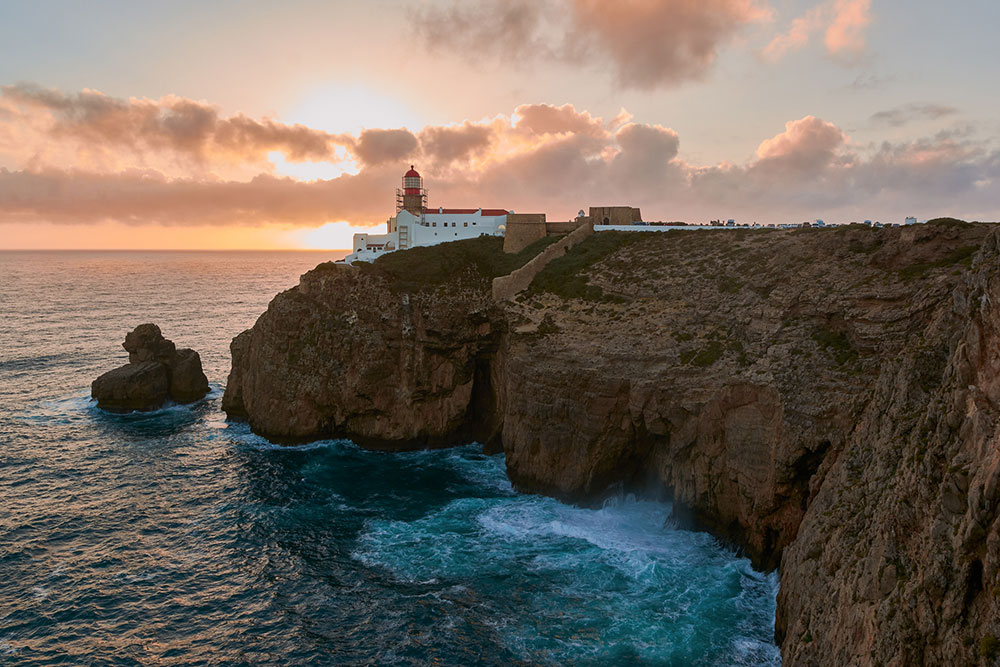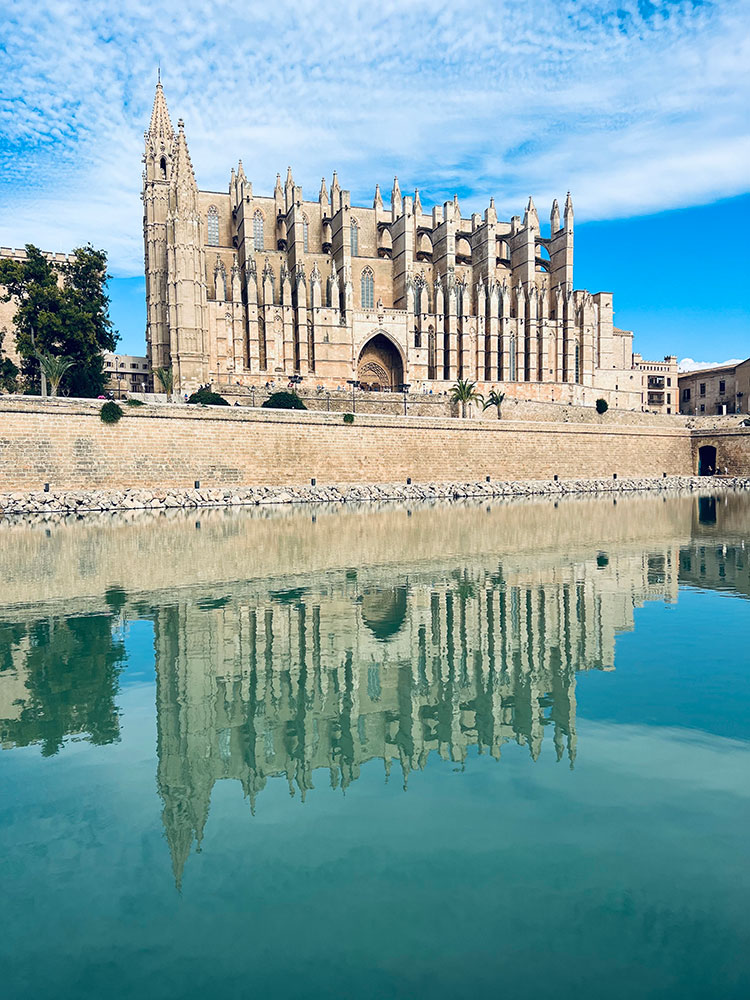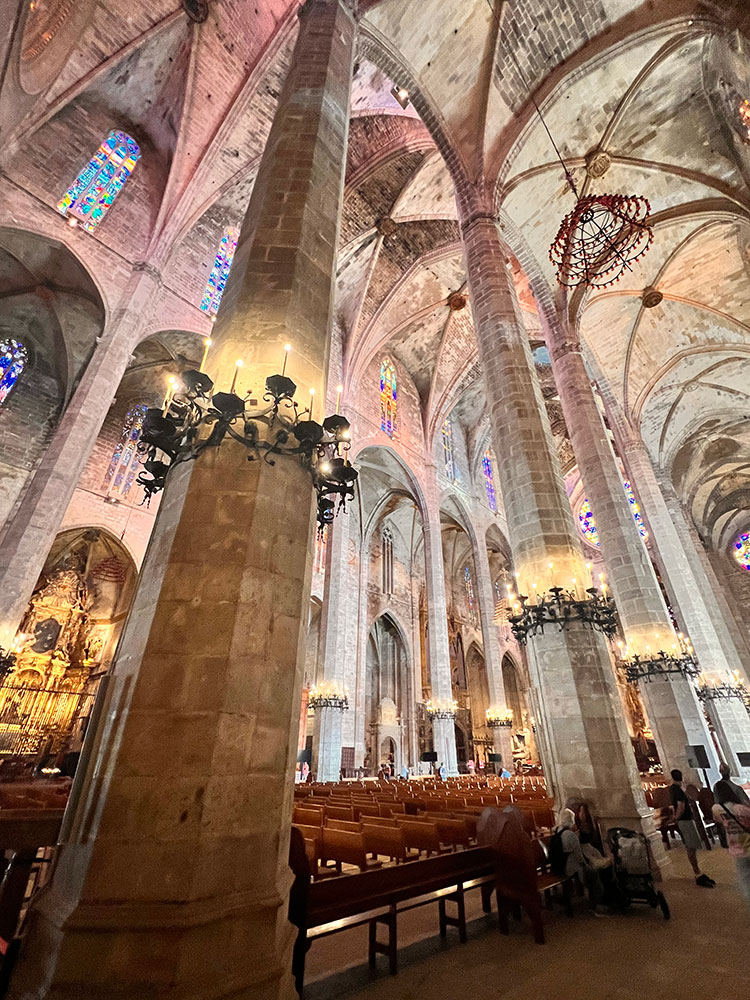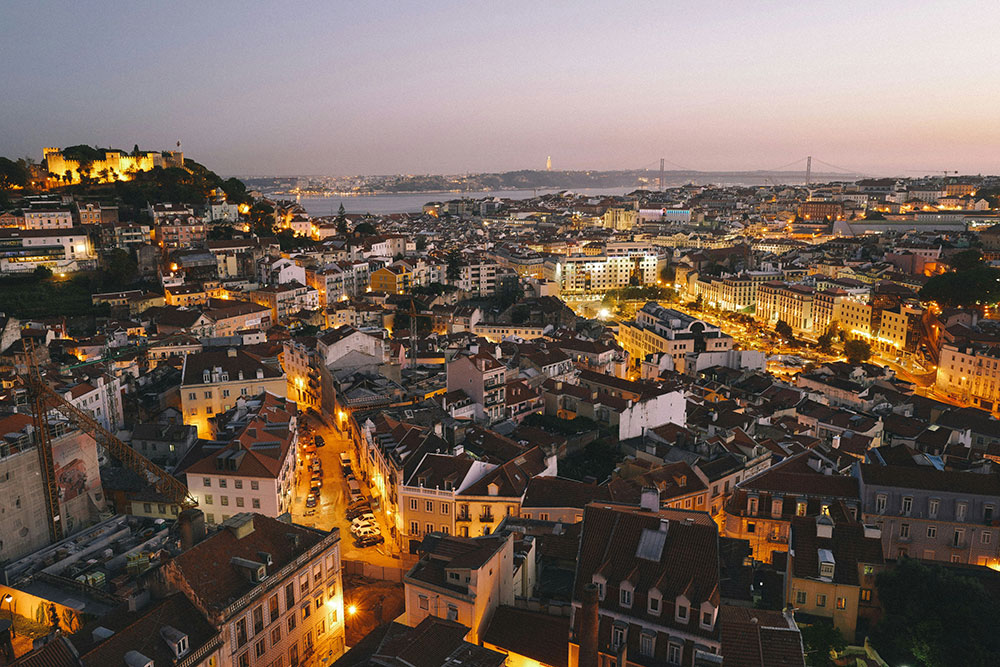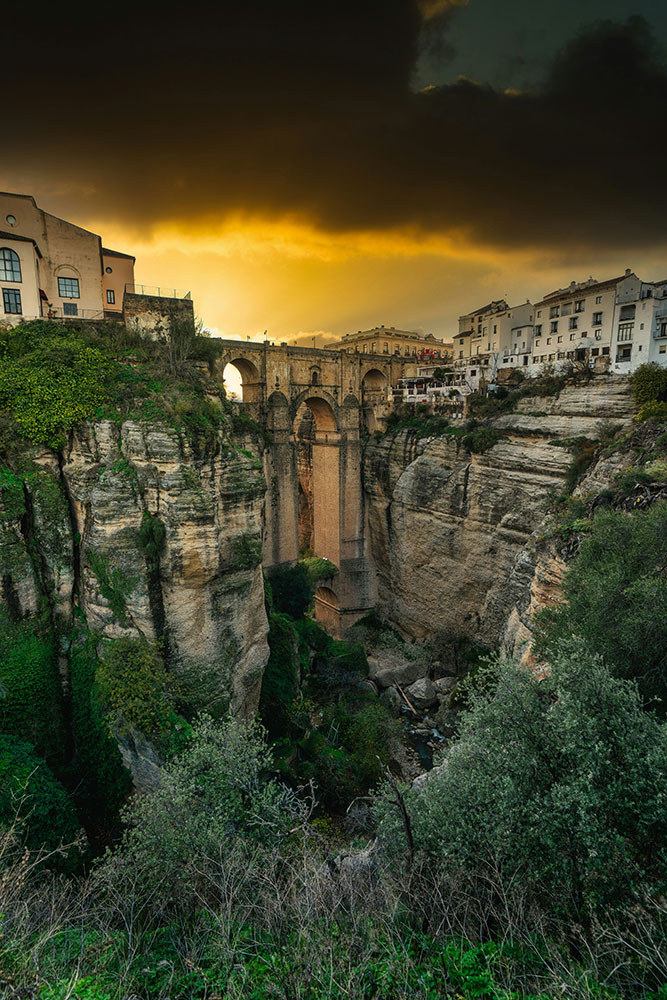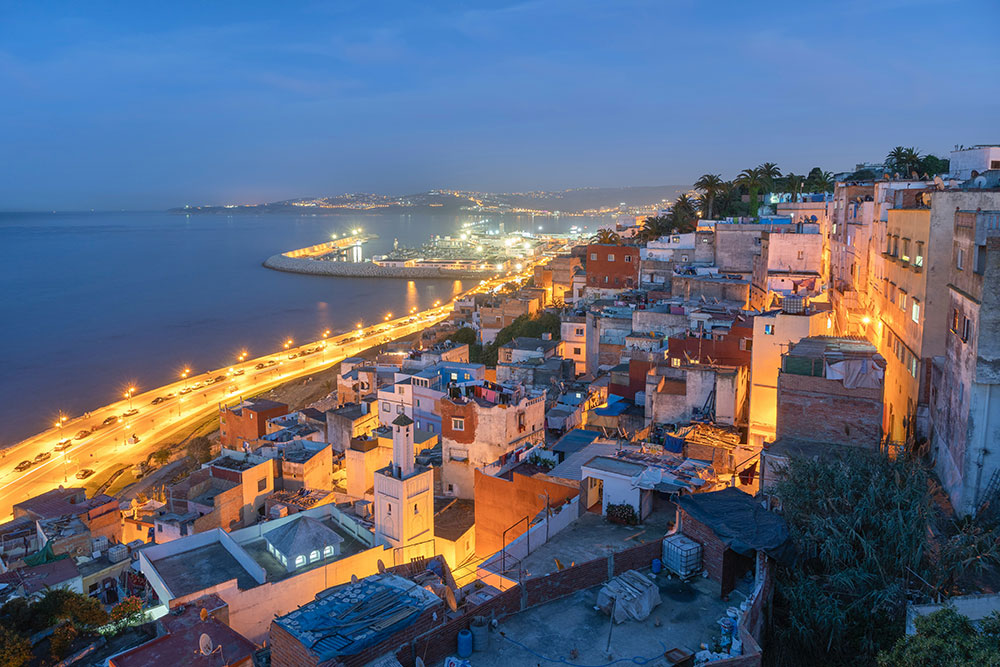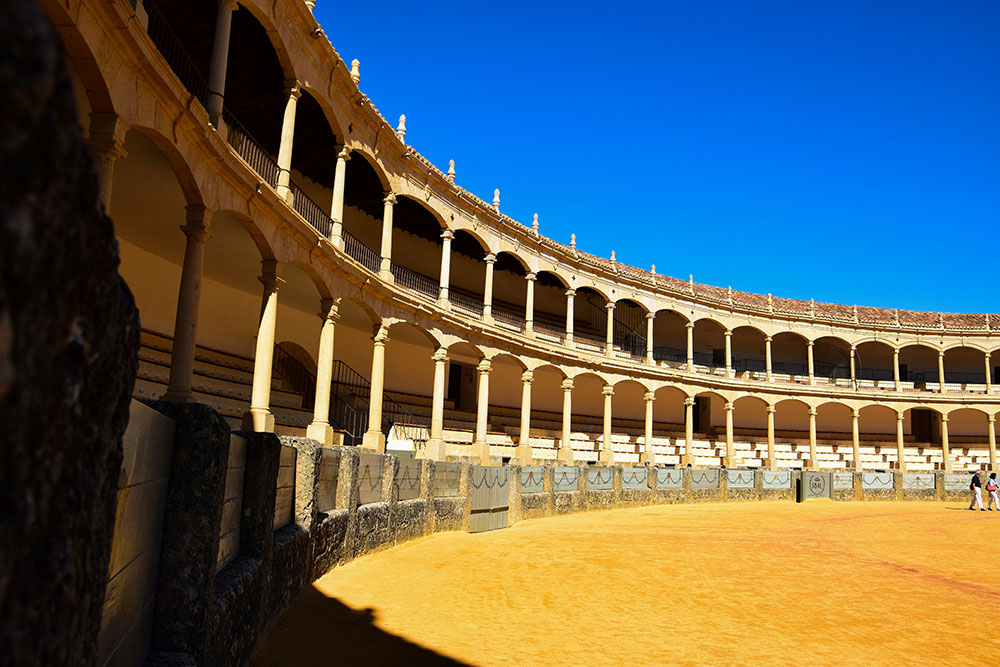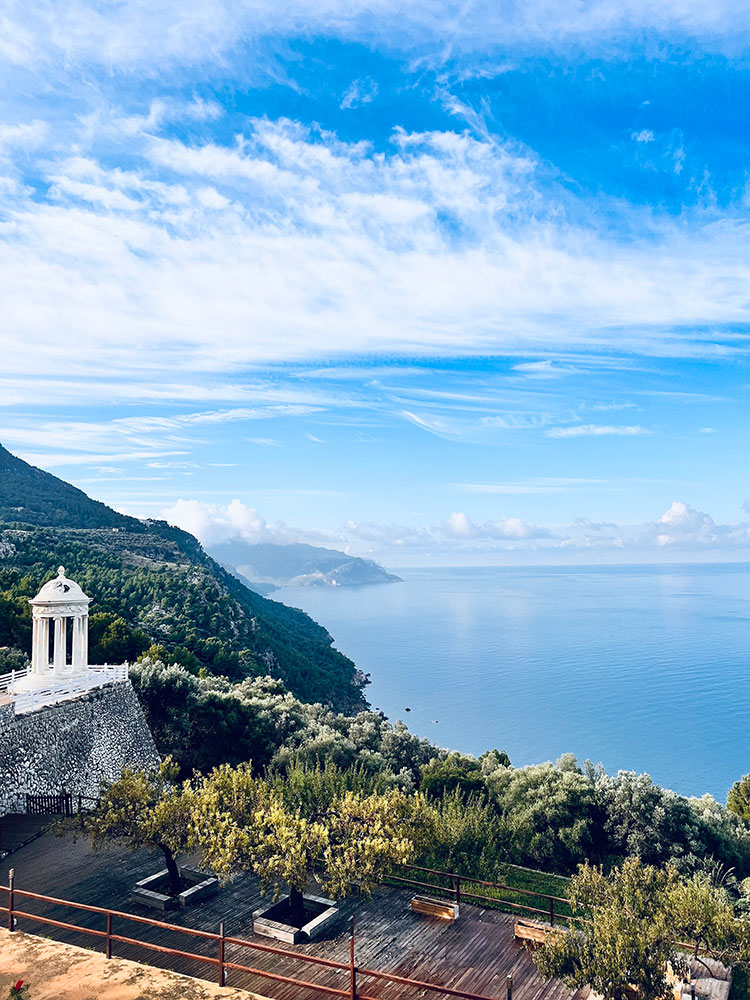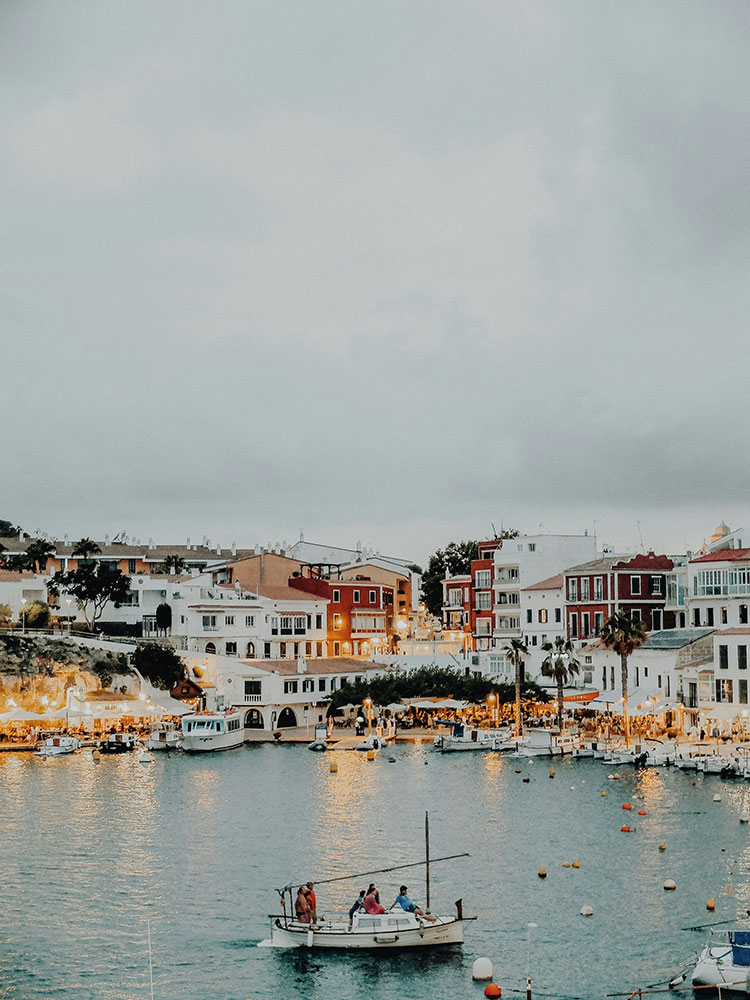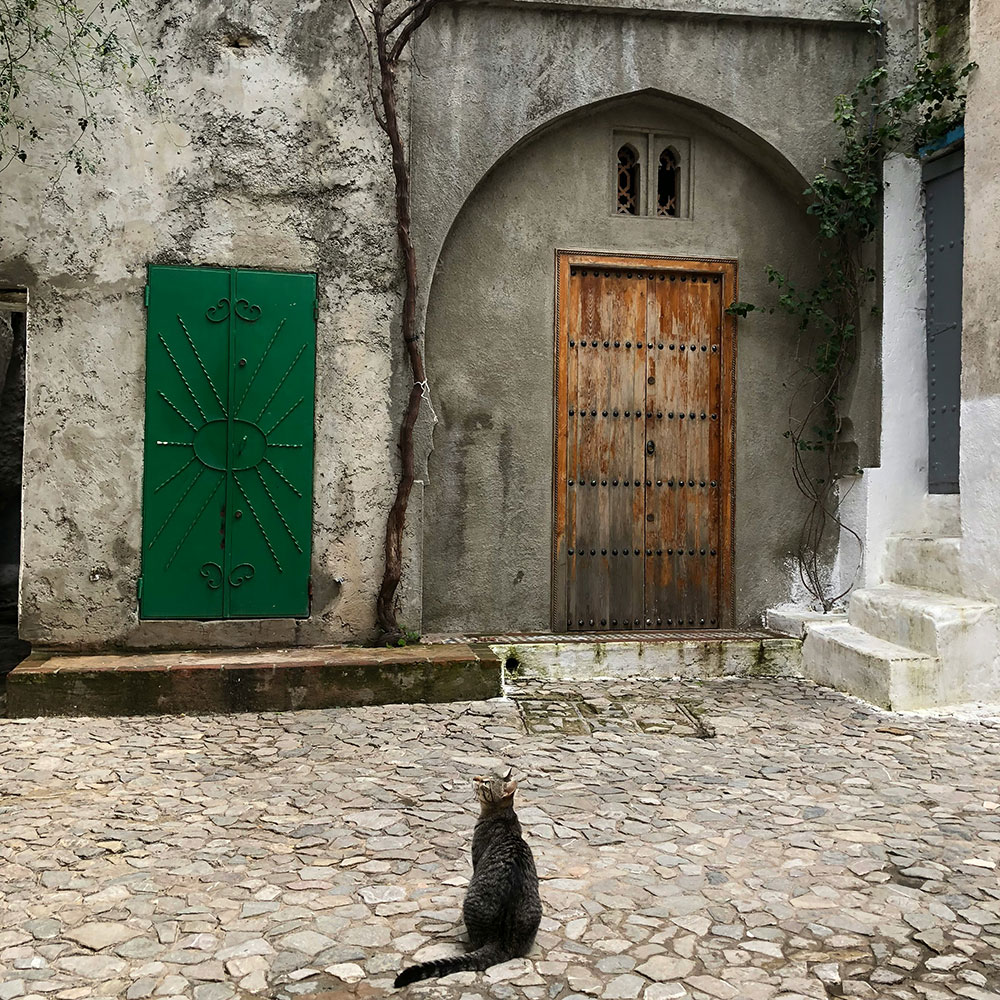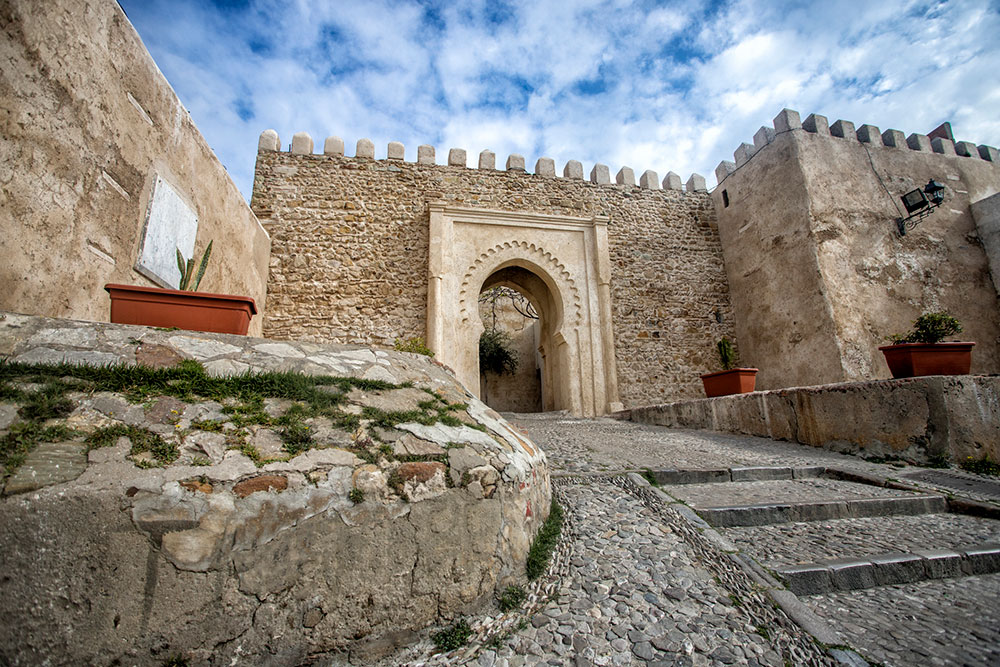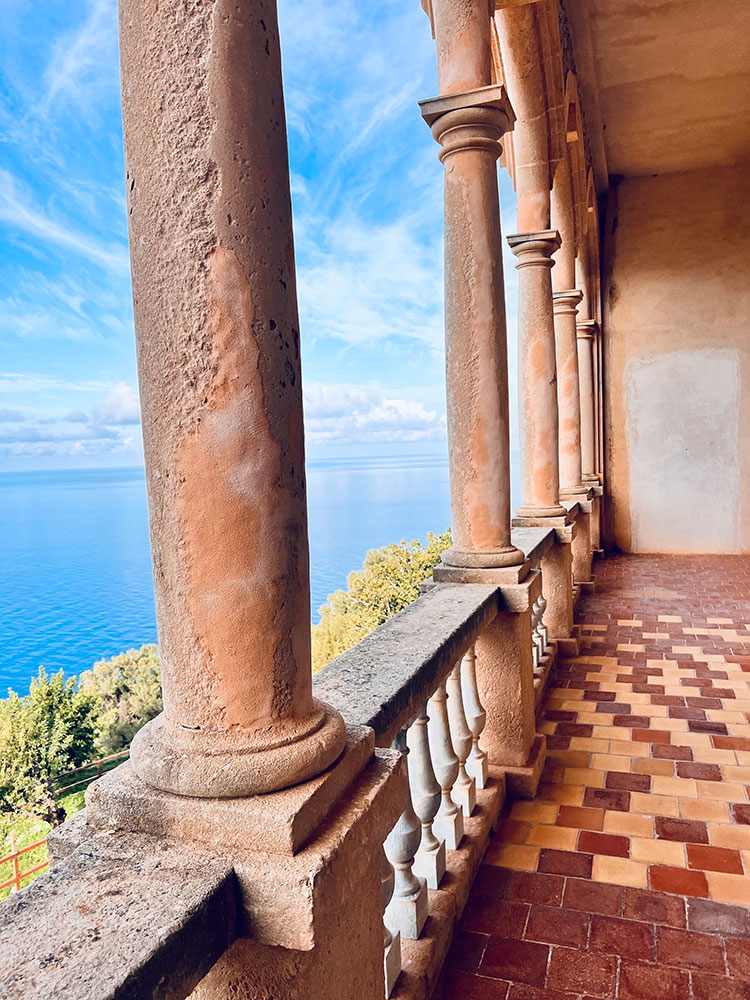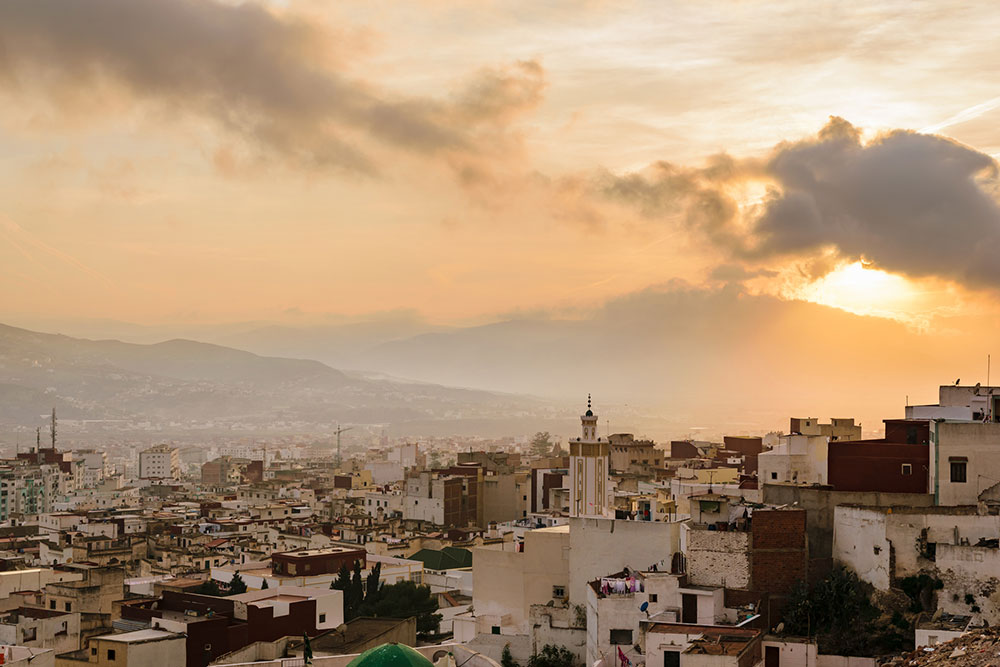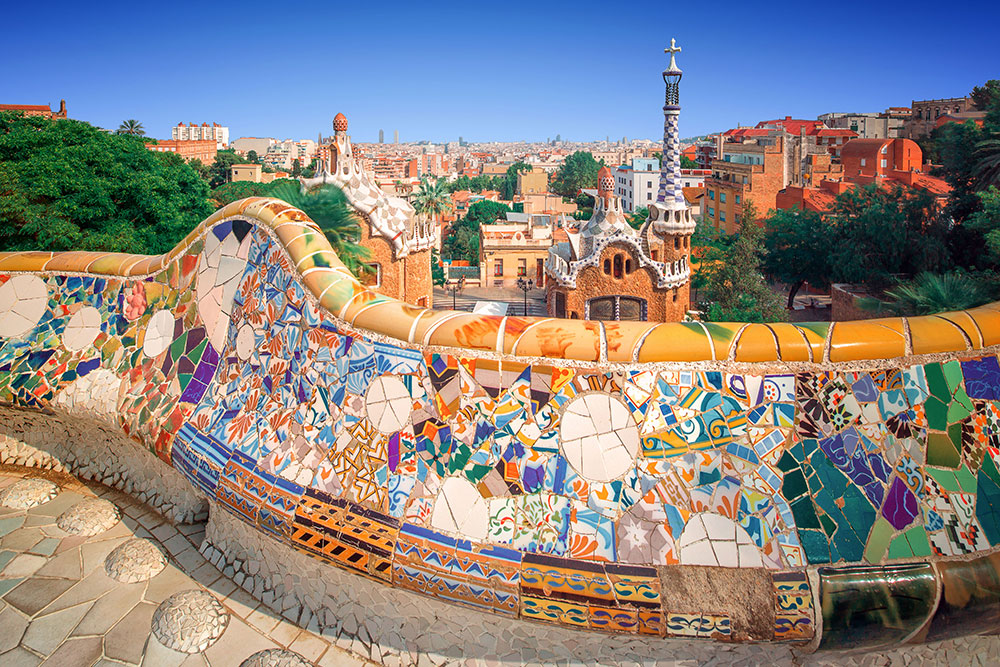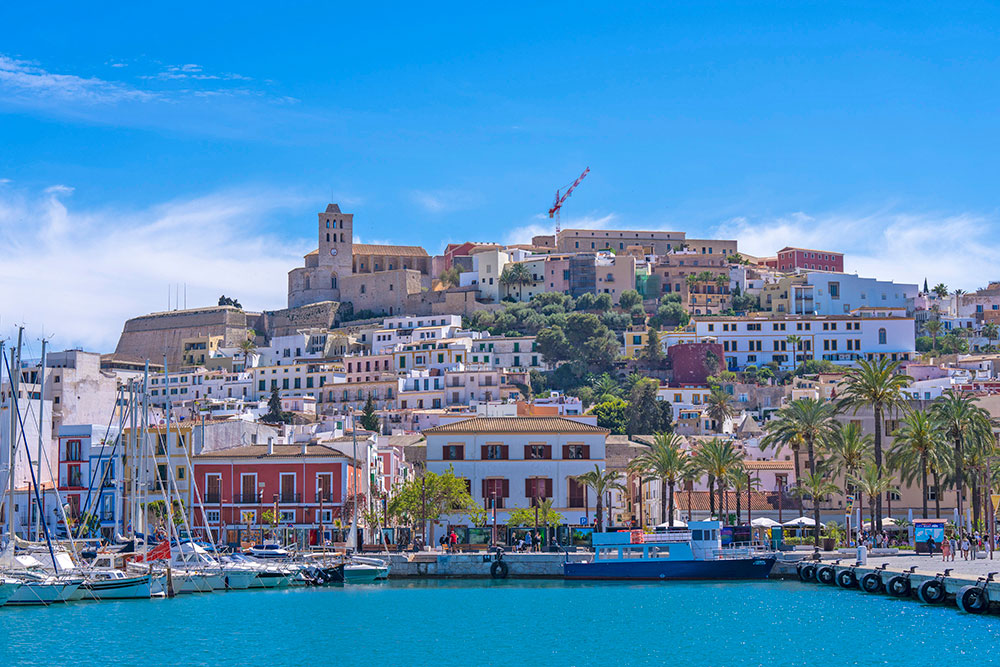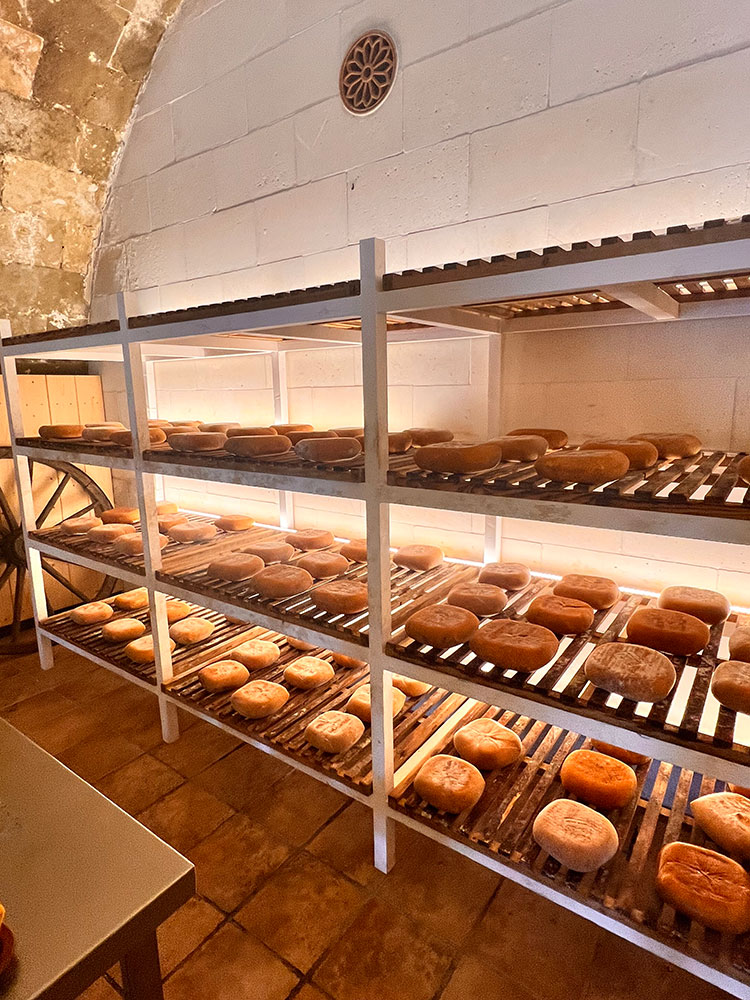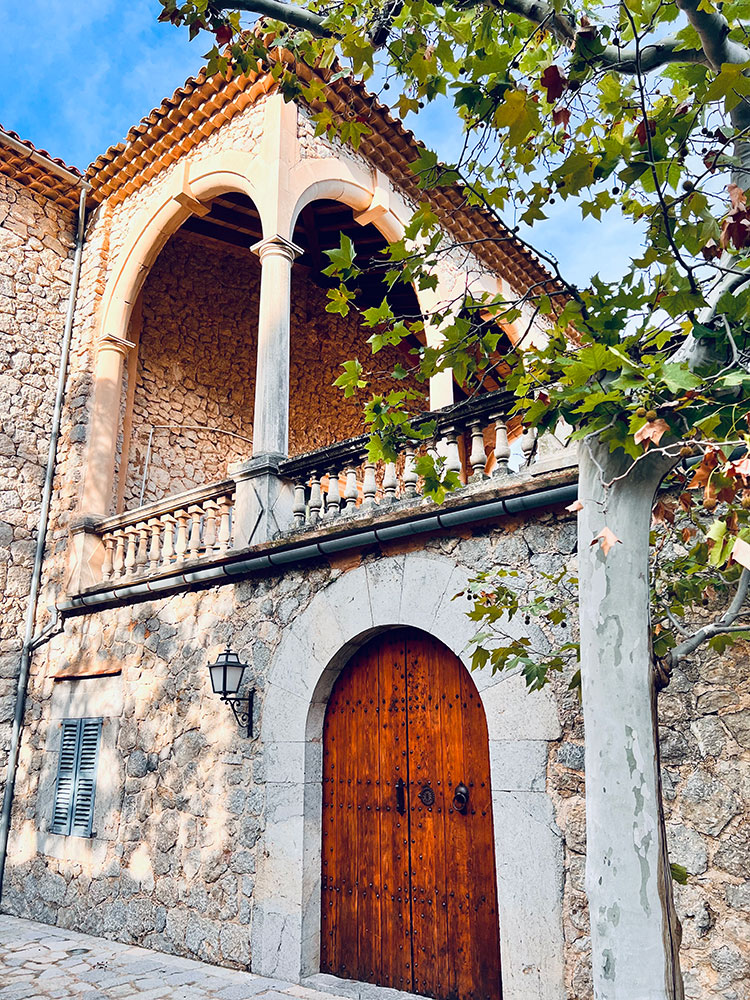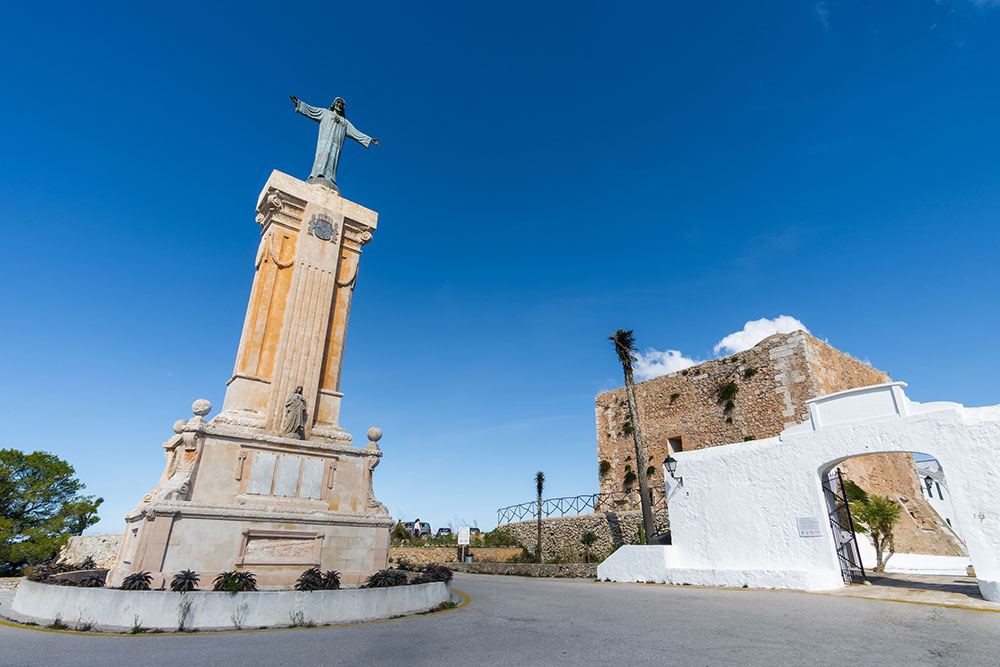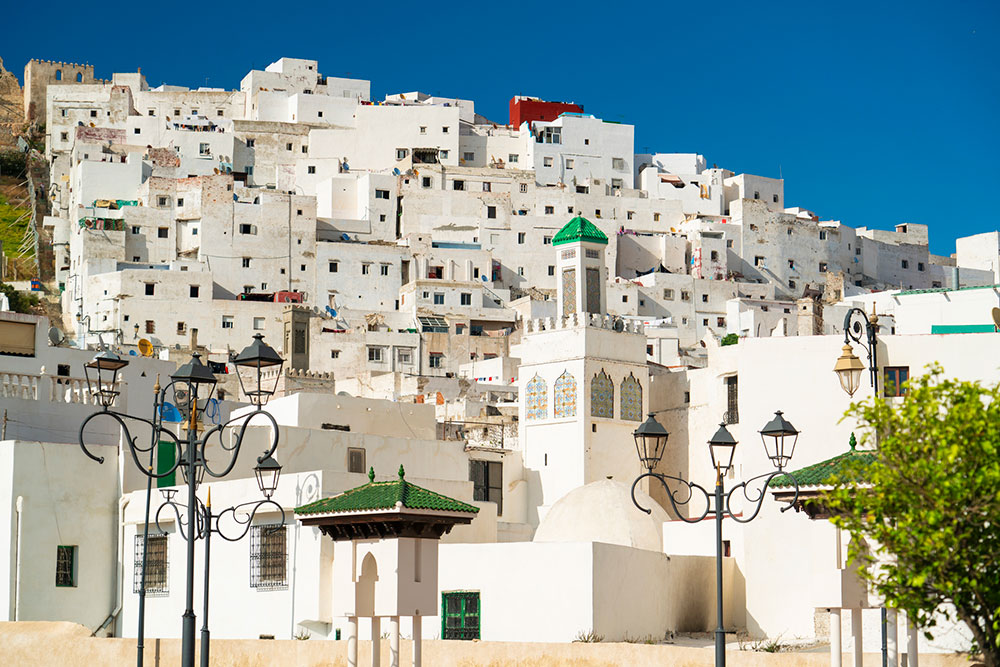In our opinion, the best time to travel to Spain will be early August 2026. That’s because a most unusual event takes place on August 12th—a total eclipse of the Sun. It’s a spectacle you don’t want to miss. And what better place to witness the total solar eclipse than in the heart of Spain, from your unique vantage point on a sunny plateau ringed by mountains and dotted with medieval towns?
TravelQuest invites you to join our 2026 Spain Total Solar Eclipse Tour—Northbound. During our 10-day Spain trip, we visit some of the country’s most celebrated cities—Madrid, Segovia, Burgos, and Bilbao—while also winding through lesser-known regions to explore aspects of this fascinating nation that mainstream tours miss. And on August 12, 2026, our select group will view the total eclipse of the Sun from a site in rural Castilla that our astronomers believe is most likely to offer unobstructed views during the brief but unforgettable sunset sequence.
TravelQuest has been offering Spain tours to curious travelers for more than 20 years. In that time, our local partners who help us create these trips have become trusted friends. These gifted storytellers, with their passion for sharing their country’s rich history and natural beauty, have always made our Spanish journeys truly magical. And our 10-day total solar eclipse trip to Spain is no exception.


